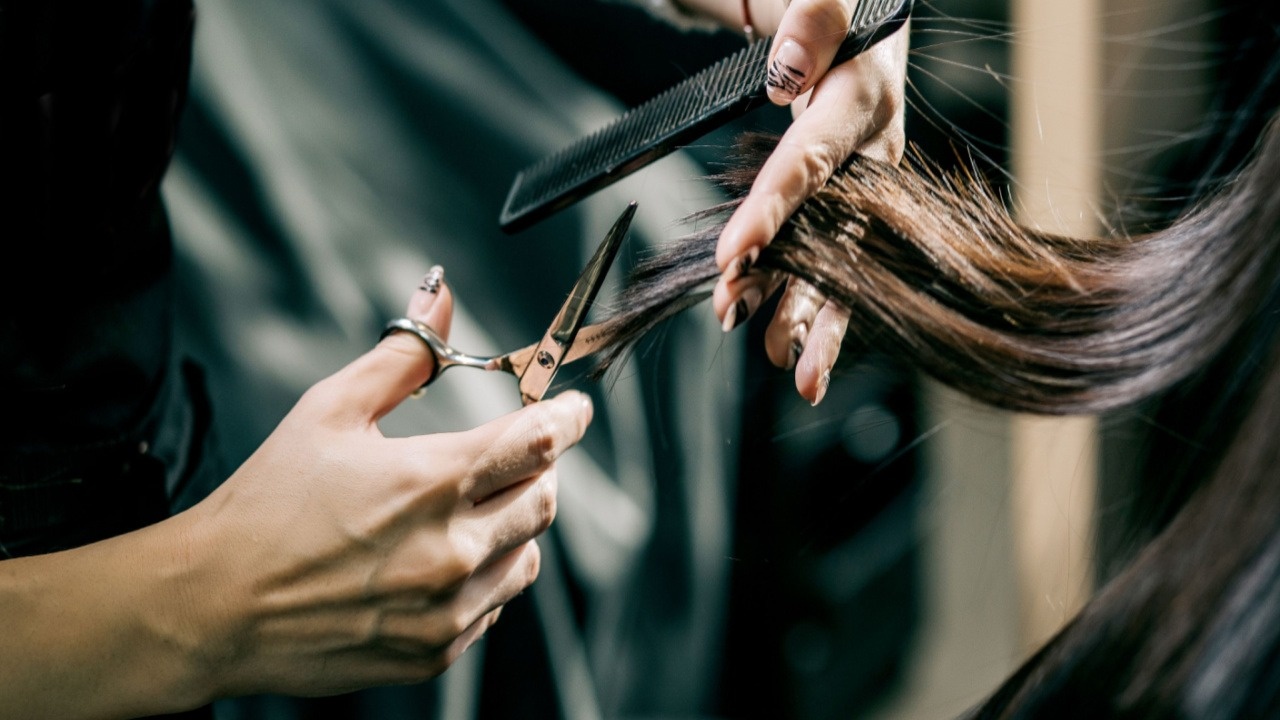
7 Things Salons Should Stop Doing Immediately
Aug 03, 20221. Gendered pricing. There is no such thing as a men's cut or a women's cut. Requiring someone to pay more for a service due to their gender/sex is discriminatory and considered a pink tax since this affects those who identify as women the most. Charging hourly (charging for time) is the best way to remove discriminatory practices and make real money as a hairdresser.
2. Children's services. If you are a hairdresser, you know that working with children is much more difficult (usually) than working with adults. They wiggle, cry, and scream - charging less for children's cuts is just another form of cutting ourselves out of the profit. Another solution is charging for time; this removes confusion and creates a much more lucrative environment for hairdressers.
3. Accepting tips. Tipping was created for two main reasons. The first reason was a workaround for white employers to pay black employees less than white employees. Tipping also allowed employers to pay women less than men. Tipping is rooted In racism and sexism, and by removing it, we remove the performance-based pay that it has created. Here is a simple way to look at it:
Tipping = you decide my worth and value
Gratuity free = I decided my worth and value
4. Discounting. Discounting is a word that says, "my services are not worth what I charge." When we discount, we are devaluing ourselves as professionals. Discounts historically do not build a clientele; they destroy it. Building a clientele comes from a genuine connection, talent, and,d most of the time, saving someone's hair from a former disaster. Discounting is a competitive way to make money that makes you work much harder for much less. Stand your ground; stop discounting.
5. Stocking shelves with retail. This has been a mission of Destroy the Hairdresser from the beginning. Product companies have convinced hairdressers and salons that their inflated cash flow is profit; it is not. Profit is left over after expenses, and when you do the complete mathematical equation, you're not making as much money as you think, and sometimes you're not making any money. Removing the shelves, adding more working stations, removing the retail, and switching to affiliate links and online marketplaces is the best route for salons and hairdressers. There is a way to make money selling retail, but it's not by listening to big product companies.
6. Switching to rental salons. Commission salons are the future. We know that sounds crazy. But commission is a pay structure, a great one too but only when used correctly. Many horrible salon owners are taking inappropriate amounts of money from their staff. This doesn't mean commission structures are bad; this is just what happens when people open salons that have no idea what they are doing. Many high-paying jobs are commission-based because both parties win when done correctly. At Destroy the Hairdresser, we suggest a commission of either 46%, 47%, or 48%. Anything above or below this is not sustainable for the hairdresser or the salon—no sliding scales, no "product charges," just a straightforward number.
7. Benchmarking. No one cares less about benchmarking than hairdressers. Of course, to run a business, we must look at our numbers and make intelligent business decisions, but happy hairdressers build a business at the end of the day. There is usually a connection between workplace happiness and business profitability, so we focus all our business strategies on emotional intelligence. Keep watching your numbers and setting goals for yourselves but stop benchmarking your employees (they don't give sh*t).
Over at Destroy the Hairdresser, this list continues, but these top 7 are enough to get you fired up and saloning differently. We hope we disrupted your day with new information because through disruption comes change, which is what we are after.
Interested in 1-on-1 coaching? Tap here to get a free discovery call. You will speak with a student advisor, and they will answer your questions and set you up with the right coach.
Want to learn more about the future of the salon industry? Tap here!
